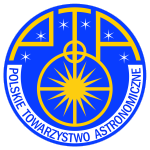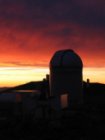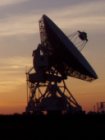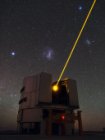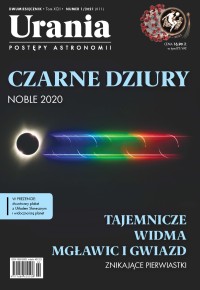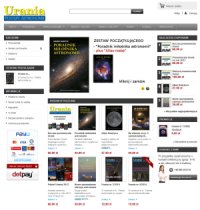Optical FeII and near-infrared CaII emission in active galaxies
Optical FeII and near-infrared CaII emission in active galaxies
Swayamtrupta Panda
aThe CaFe Project involves the study of the properties of the low ionization emission lines (LILs) pertaining to the broad-line region (BLR) in active galaxies. These emission lines, especially the singly-ionized iron (FeII) in the optical and the corresponding singly-ionized calcium (CaII) in the near-infrared (NIR) are found to show a strong correlation in their emission strengths, i.e., with respect to the broad Hβ emission line, the latter also belonging to the same category of LILs. We outline the progress made in the past years that has developed our understanding of the location and the efficient production of these emission lines. We have yet to realize the full potential of CaII emission and its connection to the black hole and the BLR parameters which can be useful in - (1) the classification of Type-1 active galactic nuclei (AGNs) in the context of the main sequence of quasars, (2) to realize an updated radius-luminosity relation wherein the inclusion of the strength of this emission line with respect to Hβ can be an effective tracer of the accretion rate of the AGN, and, (3) the close connection of CaII to FeII can allow us to use the ratio of the two species to quantify the chemical evolution in these active galaxies across cosmic time. In this paper, we use our current sample and utilize a non-linear dimensionality reduction technique - t-distributed Stochastic Neighbour Embedding (tSNE), to understand the clustering in our dataset based on direct observables.
Proceedings of the Polish Astronomical Society, vol. 12, 50-55 (2022)
Download full article as PDF file:
